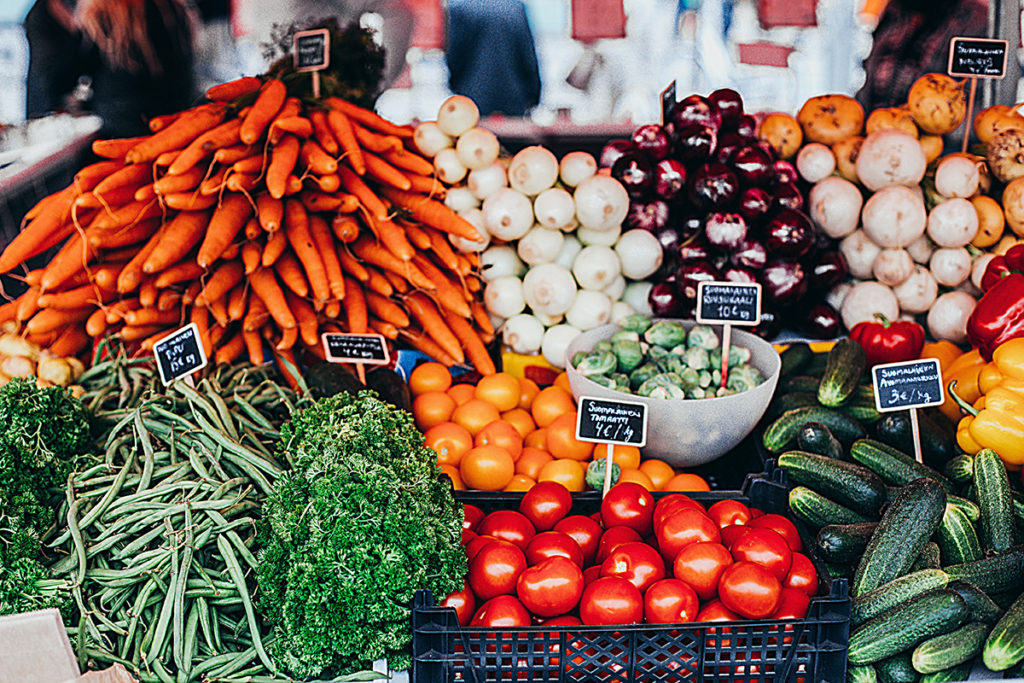Imagine being admitted to a psychiatric hospital and accused of being a pathological liar because no matter how carefully you follow the high-carb diet prescribed by your physicians, you continue to lose weight. In the introduction to his book, How Doctors Think, Dr. Jerome Groopman shares the story of a woman who was misdiagnosed with anorexia nervosa. The patient was ready to give up when one last doctor discovered villous atrophy and determined that it was celiac disease—not an eating disorder—that was causing her malnourishment.
Today the Gluten Free RN explores the reasons why celiac disease and gluten sensitivity are often mistaken for anorexia nervosa. She shares the limited research in the field, as well as the symptoms related to malnourishment that may be caused by gluten, including several mental health disorders.
Listen in as Nadine covers the use of PWAG (people who avoid gluten) as a derogatory term and shares her frustration with labels like ‘orthorexia nervosa’ which imply that gluten-sensitive patients are obsessed with healthy food: ‘I avoid gluten like the plague because it is, in fact, the plague for those of us who have celiac disease.’
What’s Discussed:
The use of PWAG as a derogatory term
- ‘People who avoid gluten’
- Half of people in US
- Implies food crazed/obsessed
The new term orthorexia nervosa
- Refers to obsessive behavior in pursuit of healthy diet
- Not clinical term/official diagnosis
The concept of food as medicine
Anecdotal evidence of celiac disease misdiagnosed as anorexia
- Introduction of Dr. Jerome Groopman’s book, How Doctors Think
- Woman admitted to psychiatric hospital (thought to be pathological liar)
- Continued to lose weight despite prescribed high-carb diet
- Biopsy revealed Marsh 4 damage
- Gluten-free diet resolved symptoms
Why celiac disease and gluten sensitivity are misdiagnosed as eating disorders
- Inability to absorb nutrients results in severe weight loss, malnutrition
- Become picky eaters because food causes suffering
- Practice food avoidance
The prevalence of celiac disease
- 3% of the US population
- Millions undiagnosed
How gluten affects a celiac patient
- Gluten protein as neurotoxin
- Damages intestines
- Impairs immune system
- Causes inflammation
- Heart attack
- Stroke
- Joint, muscle pain
- Any -itis
Nadine’s recommended variation of a Paleo diet
- Local, organic, whole foods
- 100% grass-fed beef (no antibiotics/hormones)
- Nutrient dense
The study of celiac disease and eating disorders
- Very few research studies in last 11 years
- Handful of case studies in literature
The issues associated with malnourishment
- Little body fat
- Cachectic
- Hormonal disruption
- Thyroid issues
The anger and contempt Nadine has experienced as the Gluten Free RN
- Gluten, dairy associated with comfort food
- People resistant to give up
The mental health issues associated with malnourishment
- Significant cognitive impairment
- Hypoxia
- Brain atrophy (shrinking)
The effect of gluten on epithelial tissue
- Leaky skin, lungs, blood vessels, blood-brain barrier
- Causes increased/decreased blood pressure, POTS
The consequences of gluten getting through the blood-brain barrier
- Causes hypoxia
- Brain needs oxygen to work appropriately
- Brain fog (irritability, anger)
- Early onset dementia
The shocking statistics around psychotropic medication in the US
- Up to 50% of population on anti-depressants, mood-altering drugs
- Gluten-free diet could help ‘get brain back’
Nadine’s advice for parents of children who miss multiple days of school
- Could be undiagnosed celiac disease
- No downside to clinical trial of gluten-, dairy-free diet
- Consider Whole30 Diet (eliminate sugar, grains, legumes)
The process of a gluten detox
- Gluten has narcotic-like effect on brain
- May feel worse before you feel better
- One day to two months
The benefits of maintaining a gluten-free diet
- Anxiety goes away
- Mood improves
- Able to sleep
- Pain resolves
- Heal intestines, epithelial tissue
- Reduce inflammation
- Heal immune system
- Brain receives necessary oxygen
The foods Nadine recommends as part of a super-good, high-fat diet
- Avocados
- Olive oil
- Coconut oil
- Coconut milk
- Hemp milk
Why Nadine chooses not to eat if there is any risk of gluten contamination in her food
The places where gluten hides
- Single bread crumb
- Dusting of flour
- Oil French fries cooked in
- Personal care products
Resources:
How Doctors Think by Jerome Groopman, MD
“The Interaction Between Eating Disorders and Celiac Disease: An Exploration of 10 Cases” in the European Journal of Gastroenterology & Hepatology
“Orthorexia and Anorexia Nervosa: Two Distinct Phenomena? A Cross-Cultural Comparison of Orthorexic Behaviours in BMC Psychiatry
“Predictors of Orthorexic Behaviours in Patients with Eating Disorders: A Preliminary Study” in BMC Psychiatry
“Eating Disorders and Celiac Disease: A Case Report” in The International Journal of Eating Disorders
Connect with Nadine:
‘Your Skin on Gluten’ on YouTube
Books by Nadine:
Dough Nation: A Nurse’s Memoir of Celiac Disease from Missed Diagnosis to Food and Health Activism


